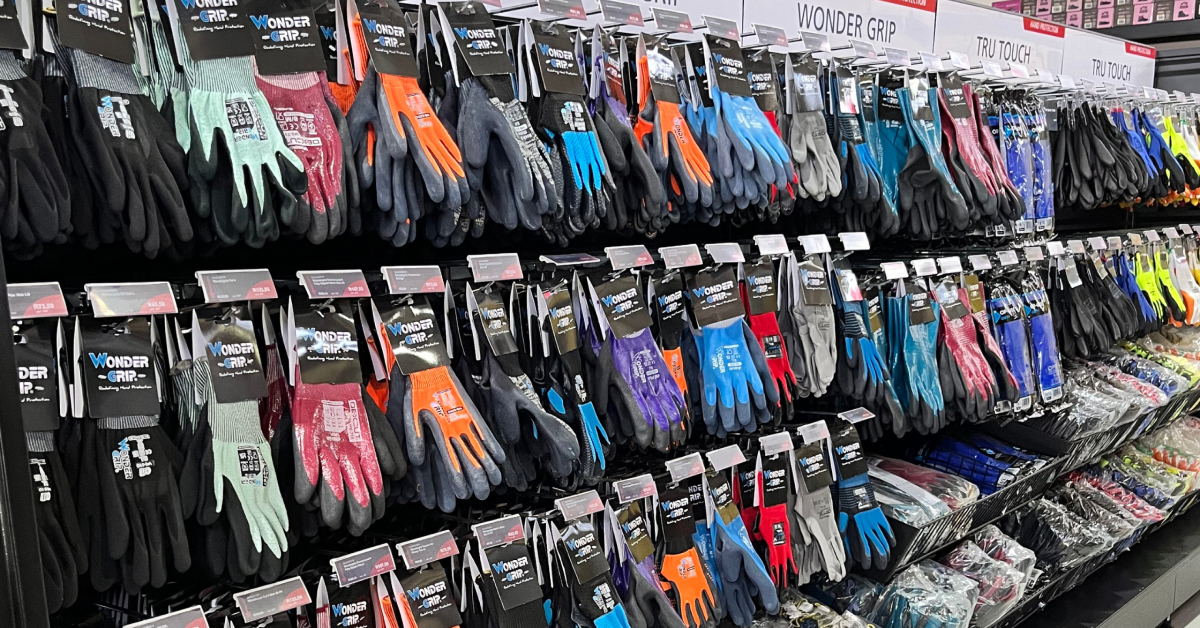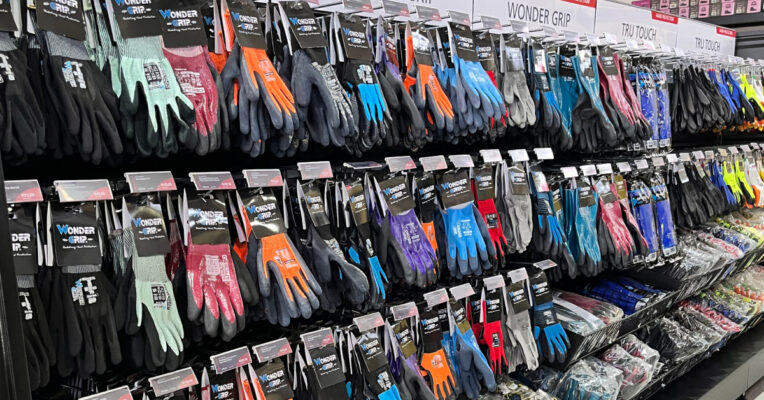Hand Protection, Personal Protective Equipment, PPE
Choosing the Right Safety Gloves: Understanding Different Types
Before undertaking any task, it’s essential to assess the associated risks and identify potential hazards. When it comes to hand protection, selecting the correct gloves is critical for ensuring safety and minimising the risk of injury. Different tasks require different levels of protection, whether it’s against cuts, punctures, chemicals, or extreme temperatures. In this article, we’ll explore the most popular types of gloves based on the coating and their respective protective properties.
1. Nitrile Gloves:
Nitrile gloves are known for their excellent resistance to chemicals, making them a popular choice for tasks involving exposure to oils, greases, and solvents. These gloves offer good dry and oily grip, providing traction and control even in slippery conditions. Their robust construction makes them suitable for industries such as automotive, manufacturing, and laboratories, where chemical resistance is paramount.
2. Polyurethane (PU) Gloves:
Polyurethane gloves offer a thin layer for exceptional dexterity and tactile sensitivity, making them ideal for tasks that require precision and fine motor skills. They provide excellent dry grip and breathability, ensuring comfort during extended wear. PU gloves are commonly used in electronics, assembly work, and manufacturing, where protection, dexterity, and comfort are equally important.
3. Latex Gloves:
Latex gloves are renowned for their superior elasticity and flexibility, offering excellent dry and wet grip. They are suitable for a wide range of applications, including medical procedures, food handling, and janitorial tasks. Latex gloves provide a snug fit and tactile sensitivity, allowing for precise movements and handling of delicate objects.
4. Leather Gloves:
Leather gloves are prized for their durability and robustness, offering protection against heat, abrasion, and punctures. They are commonly used in industries such as construction, welding, and landscaping, where workers are exposed to rough surfaces and sharp objects. Leather gloves provide reliable hand protection in demanding environments, ensuring safety and comfort for prolonged periods of use.
Product Selection Tips:
When selecting safety gloves, it’s crucial to match the material to the specific hazards present in your workplace. Consider factors such as grip, resistance to chemicals, dexterity, and comfort. Assess the nature of the task and choose gloves that offer the appropriate level of protection against cuts, punctures, abrasions, and other potential risks.
In conclusion, understanding the different types of safety gloves based on material is essential for making informed decisions regarding hand protection. By selecting gloves that align with your specific needs and the hazards present in your environment, you can ensure the safety and well-being of yourself and your team.
Listen to episode 7 of our Let’s Talk Safety podcast for more information on glove selection and materials HERE.




